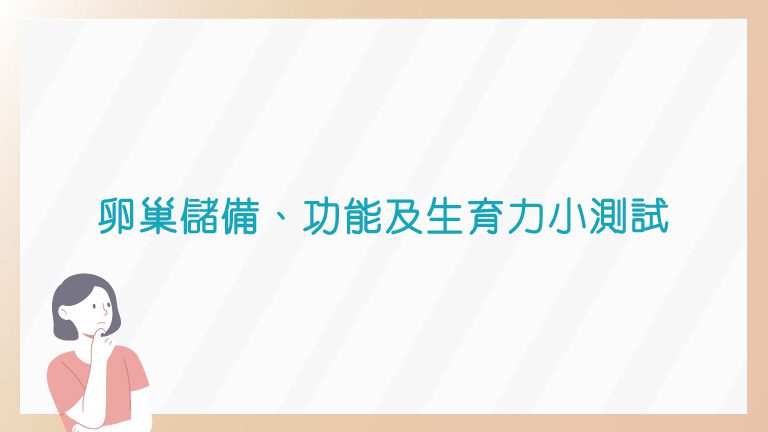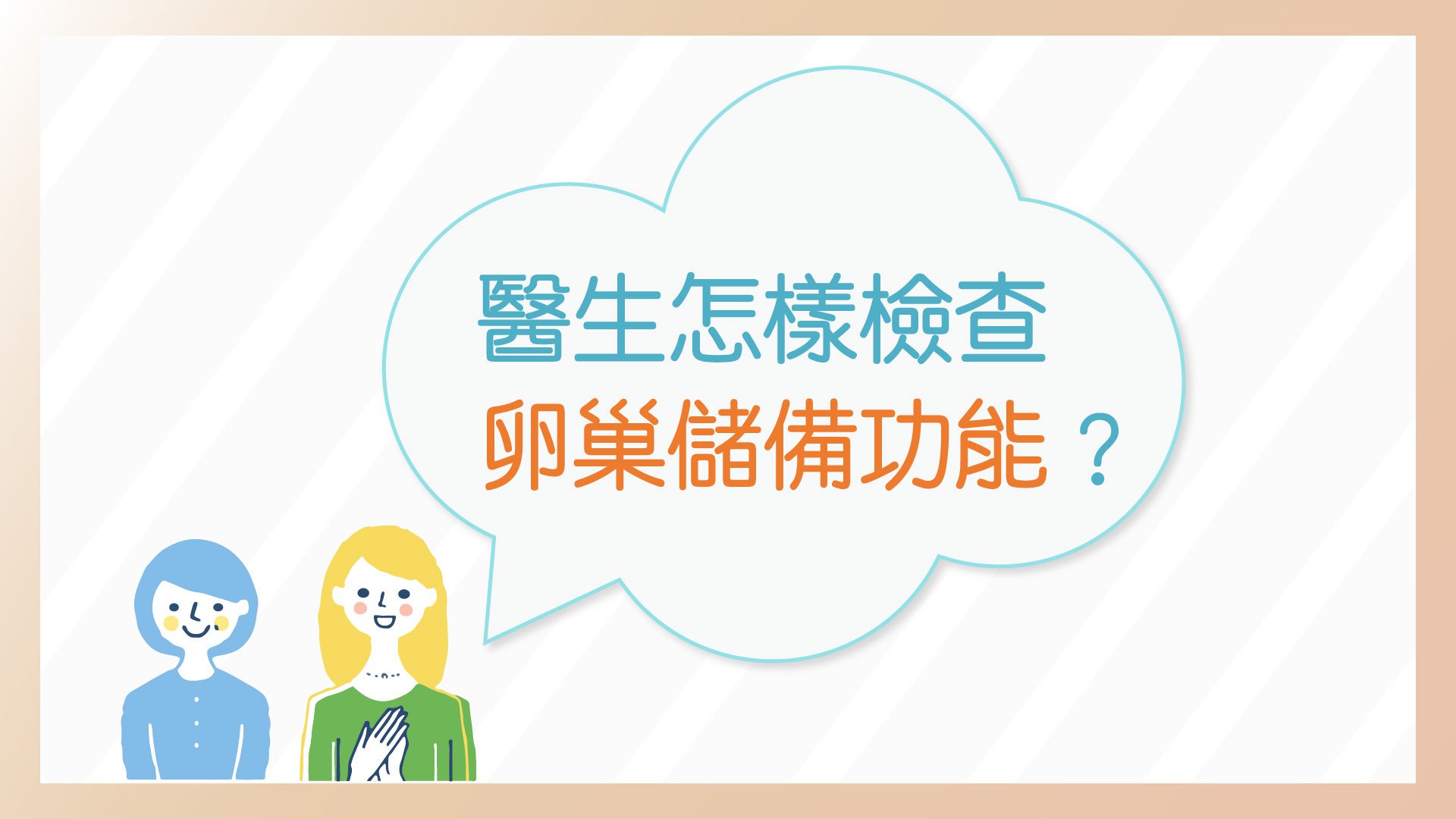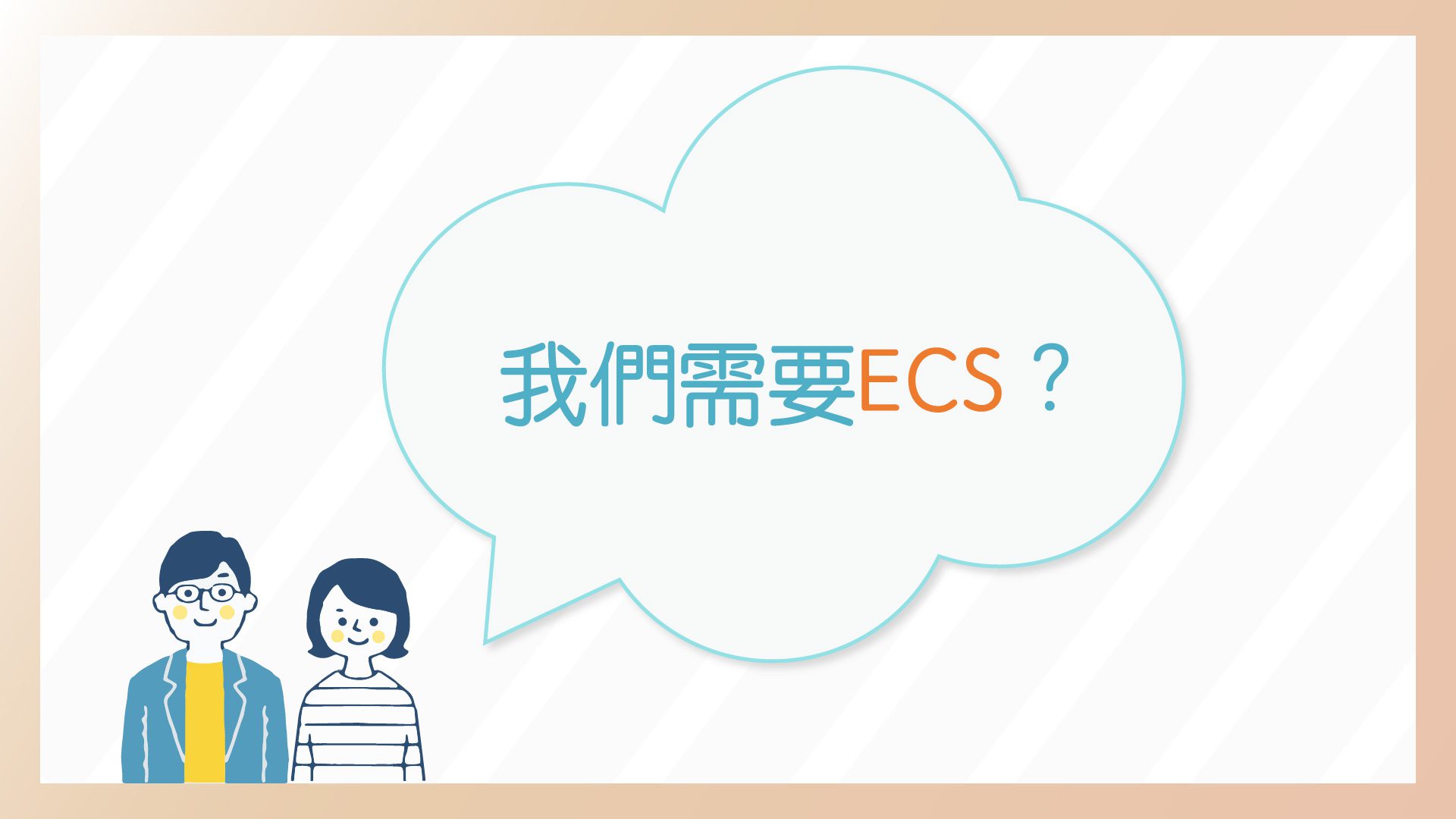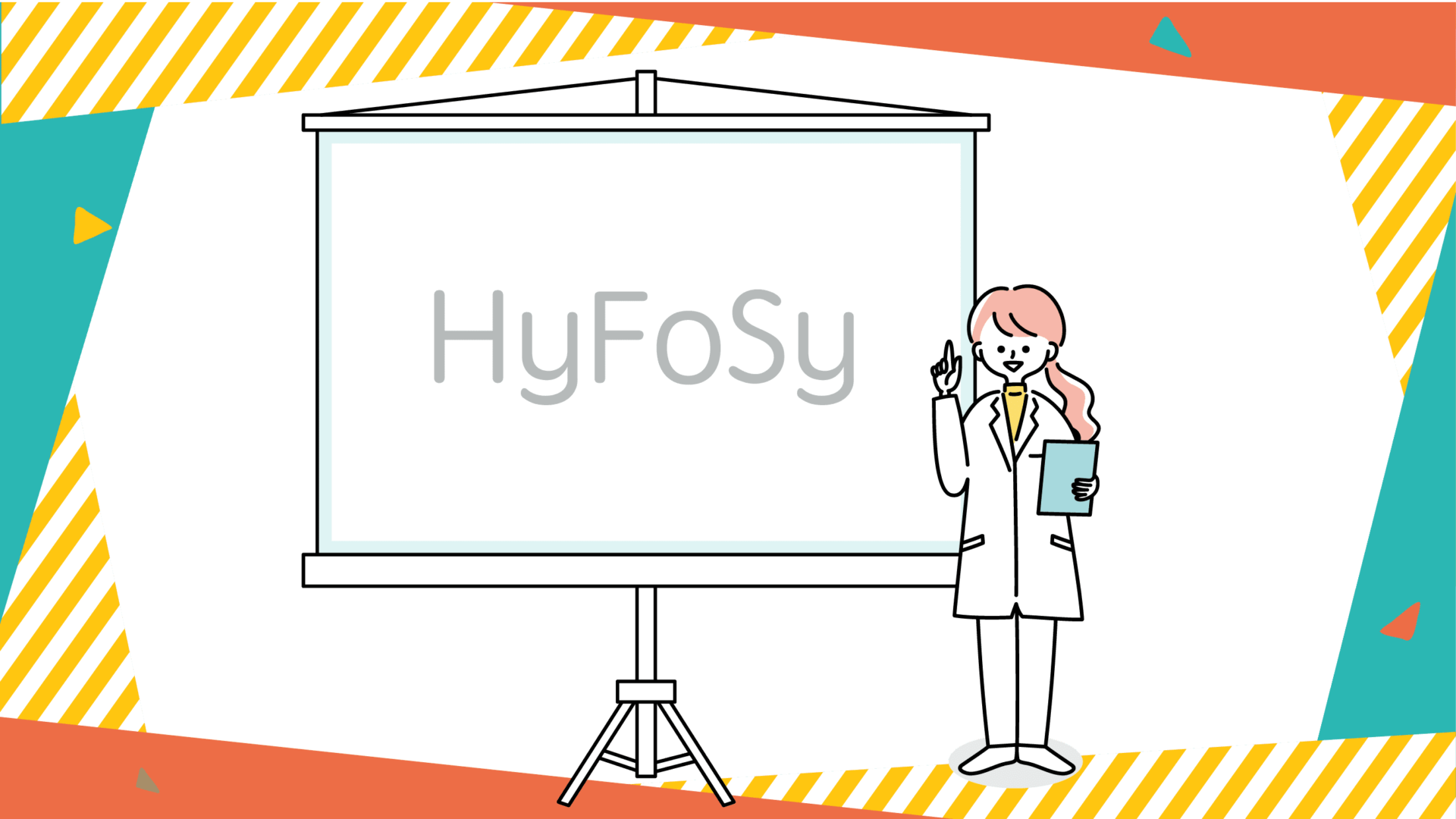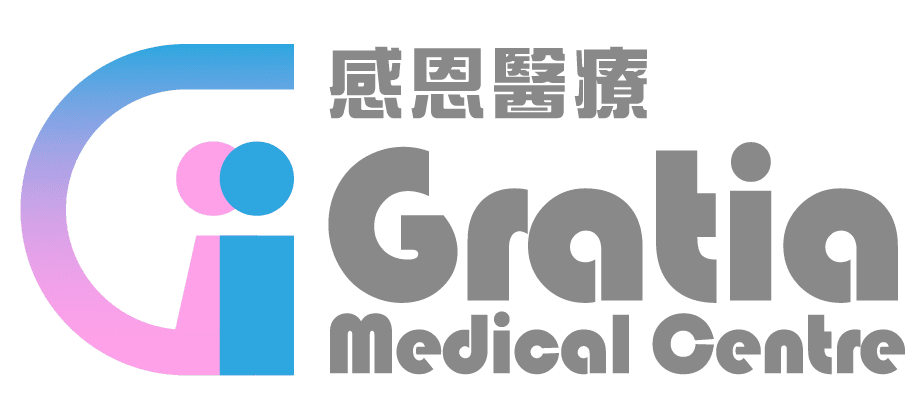Ovarian hyper-stimulation syndrome (OHSS) is a potentially serious complication of fertility treatment, particularly of in-vitro fertilization (IVF). It happens when excessive response develops after ovarian stimulation, especially with gonadotrophin hormone injections. Overstimulated ovaries enlarge and release chemicals into the bloodstream. Fluid from the blood vessels leaks into the abdomen, and in severe cases into the space around the heart and lungs. OHSS can also affect the kidneys and the liver. A very small number of deaths due to severe OHSS have been reported. Mild OHSS is common. However, only &;1% patients will develop severe OHSS. The risk is higher in women who have polycystic ovaries, are under 30 years old, and get pregnant in an overstimulated IVF cycle particularly if this is a multiple pregnancy.
Symptoms of OHSS usually appear a few days after ovulation trigger injection. Unless the patient is pregnant, these symptoms will resolve in 7 to 10 days or when the next period starts. But if the patient is pregnant, symptoms can get worse and will last for 2 to 3 weeks or even longer.
Monitoring:
If there are symptoms of OHSS, the following tests may be performed:
![]() Transabdominal or transvaginal ultrasound scan
Transabdominal or transvaginal ultrasound scan![]()
![]()
![]()
![]()
![]()
![]()
![]()
![]()
![]()
![]()
![]()
![]()
![]()
![]()
![]()
![]()
![]()
![]()
![]()
![]()
![]()
![]()
![]()
![]()
![]()
![]()
![]()
![]()
![]()
![]()
![]()
![]()
![]()
![]()
![]()
![]()
![]()
![]()
![]()
![]()
![]()
![]()
![]()
![]()
![]()
![]()
![]()
![]()
![]()
![]()
![]()
![]()
![]()
![]()
![]()
![]()
![]()
![]()
![]()
![]()
![]()
![]()
![]()
![]()
Treatment:
For patients with mild OHSS, the followings can be done at home to monitor the condition and to relief the discomforts:
![]()
![]()
![]()
![]()
![]()
![]()
![]()
![]()
![]()
![]()
![]()
![]()
![]()
![]()
![]()
![]()
![]()
![]()
![]()
![]()
![]()
![]()
![]()
![]()
![]()
![]()
![]()
![]()
![]()
![]()
![]()
![]()
![]()
![]()
![]()
![]()
![]()
![]()
![]()
![]()
![]()
![]()
![]()
![]()
![]()
![]()
![]()
![]()
![]()
![]()
![]()
![]()
![]()
![]()
![]()
![]()
![]()
![]()
![]()
![]()
![]()
![]()
![]()
![]()
![]()
![]()
![]()
![]()
![]()
![]()
![]()
![]()
![]()
![]()
![]()
![]()
![]()
![]()
![]()
![]()
![]()
![]()
![]()
![]()
![]()
![]()
![]()
![]()
![]()
![]()
![]()
![]()
![]()
![]()
![]()
![]()
![]()
![]()
![]()
![]()
![]()
![]()
![]()
![]()
![]()
![]()
![]()
![]()
![]()
![]()
![]()
![]()
![]()
![]()
![]()
![]()
![]()
![]()
![]()
![]()
![]()
![]()
![]()
![]()
![]()
![]()
![]()
![]()
If symptoms are severe, the patient will need to be admitted to hospital, especially if the patient has breathing difficulty or symptoms of thrombosis. The patient may need an intravenous drip to replace the fluid, minerals and energy. Pain relief and anti-sickness drugs will be given if necessary. Compression stockings and heparin (blood-thinning) injections will be given to prevent thrombosis. These injections will continue for 7 days from disappearance of symptoms if the patient is not pregnant, or until the end of the 12th week of her pregnancy.
If the abdomen is tense and swollen because of fluid build-up, a procedure known as paracentesis will be offered. This is when a thin needle or tube is inserted under ultrasound guidance into the abdomen to drain the fluid. This treatment helps relieve discomfort and improve kidney function and breathing. Rarely, a tube can be inserted into the cavity around the lungs to drain the fluid collected in that space to help improve breathing.
Prevention:
Because of the potential seriousness of OHSS, doctors will try to prevent it from happening. Doctors will use less stimulation drugs in patients who are more likely to develop OHSS. However, even with a reduced dose, some patients still respond excessively and produce too many eggs. If embryo transfer is performed in this treatment cycle and the patient gets pregnant, the OHSS will get worse and last longer. In this scenario, doctors will advise freezing all embryos and let the symptoms go away quickly. Therefore, for patients with following conditions, we will advise no fresh embryo transfer:
![]()
![]()
![]()
![]()
![]()
![]()
![]()
![]()
![]()
![]()
![]()
![]()
![]()
![]()
![]()
![]()
![]()
![]()
![]()
![]()
![]()
![]()
![]()
![]()
![]()
![]()
![]()
![]()
![]()
![]()
![]()
![]()
With this all freeze method, even in patients who have responded excessively to stimulation drugs, severe OHSS can be very effectively prevented.

